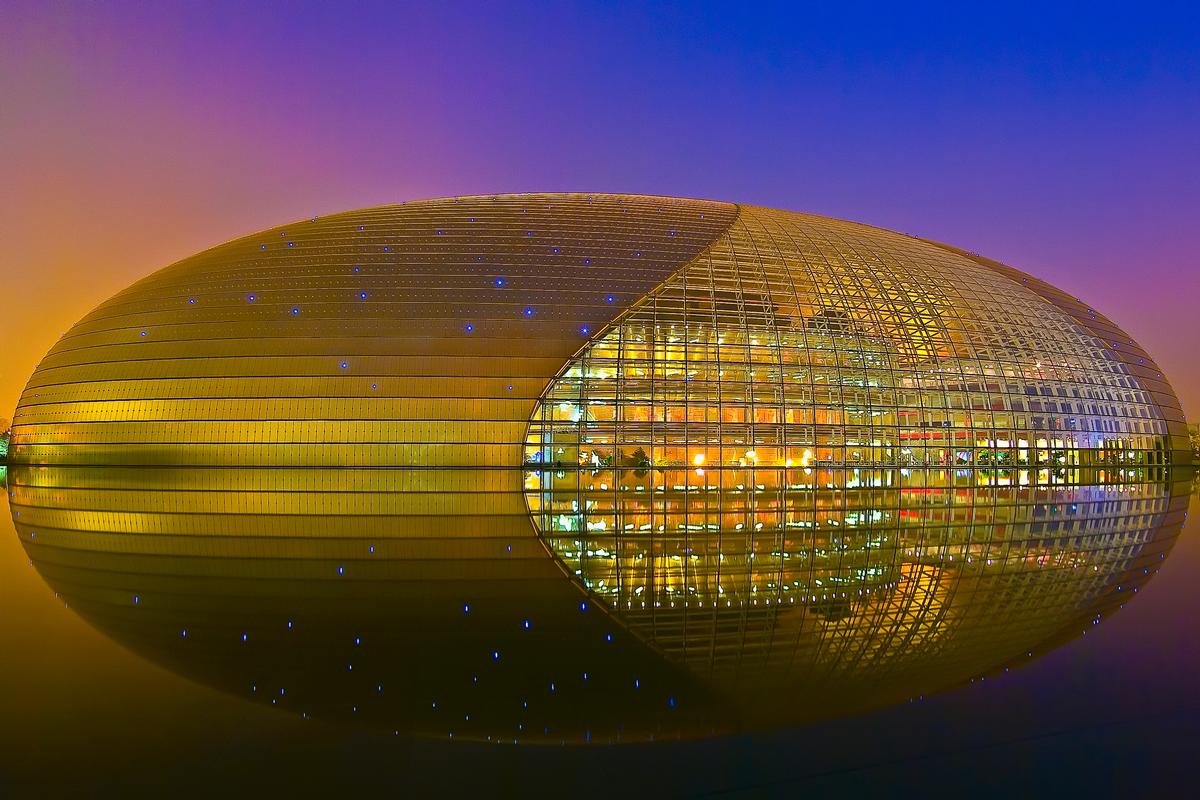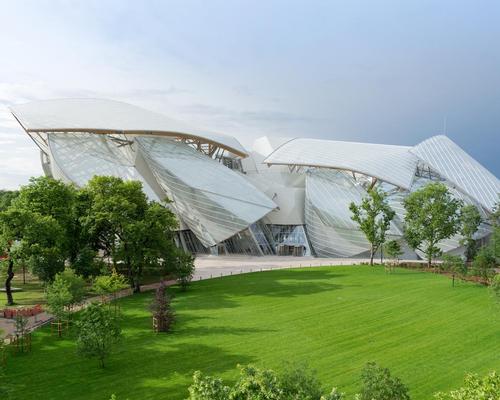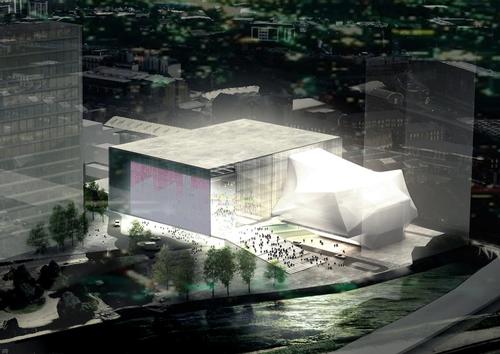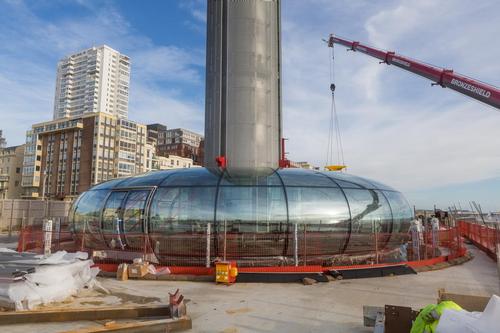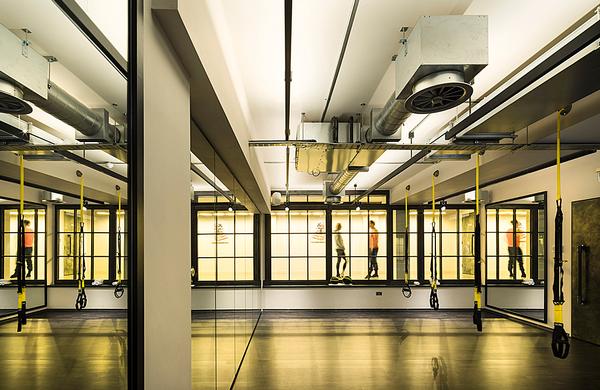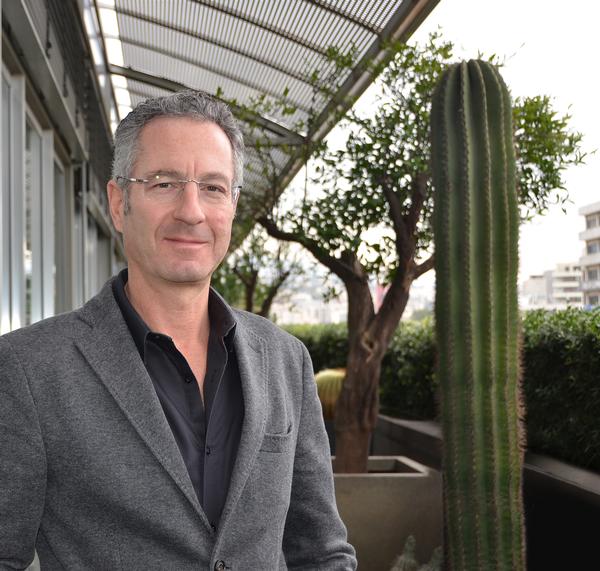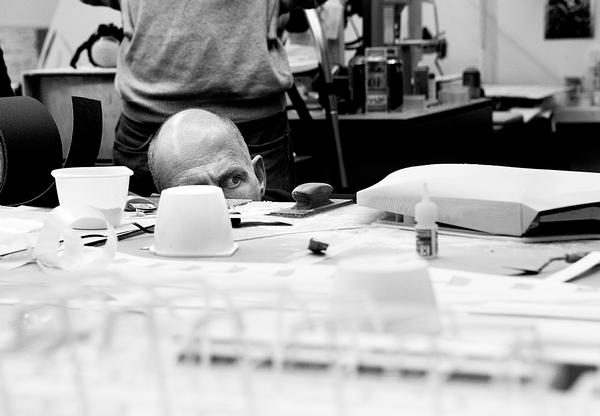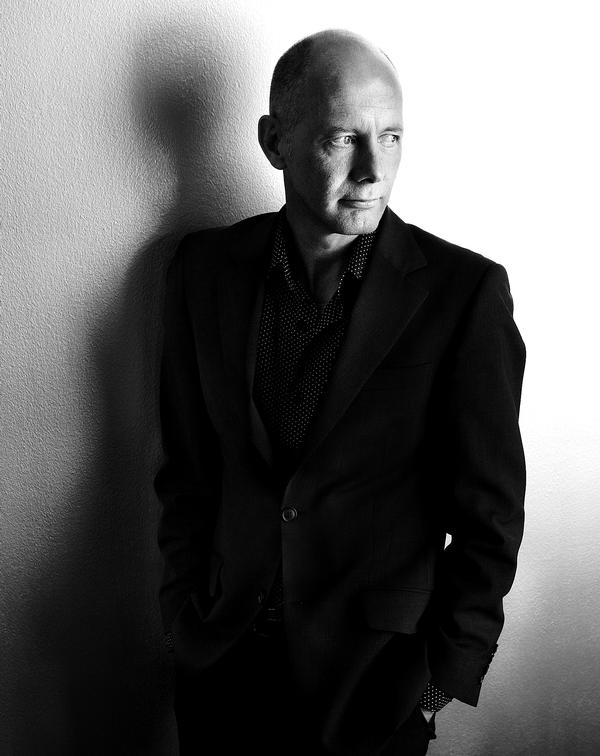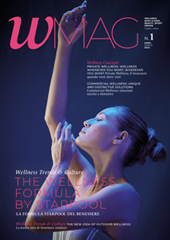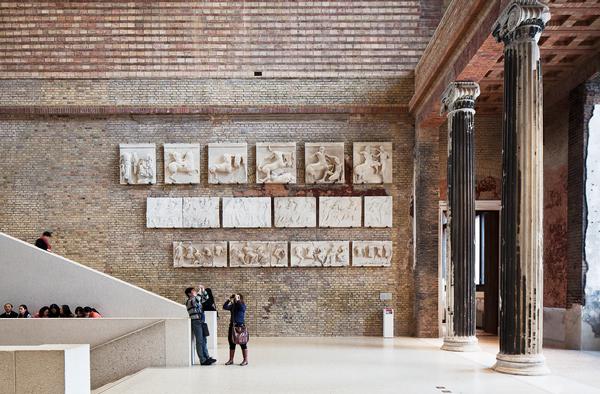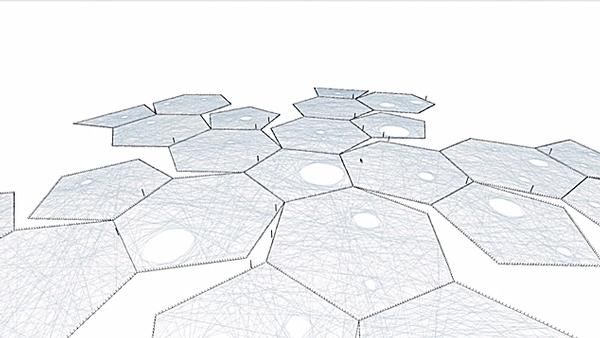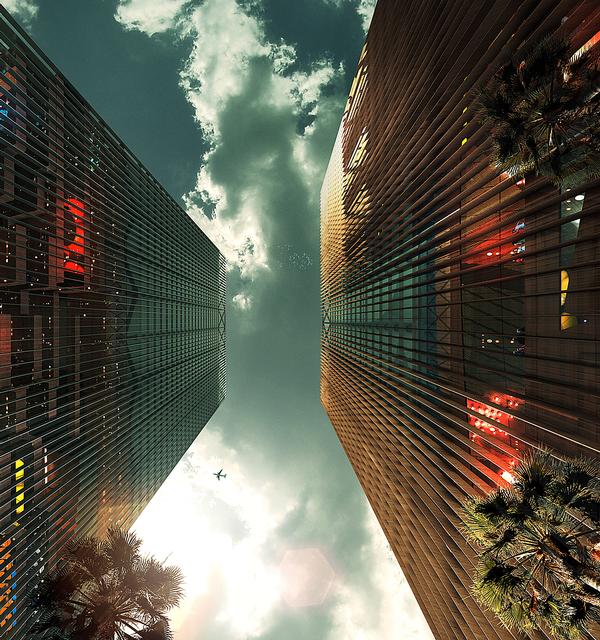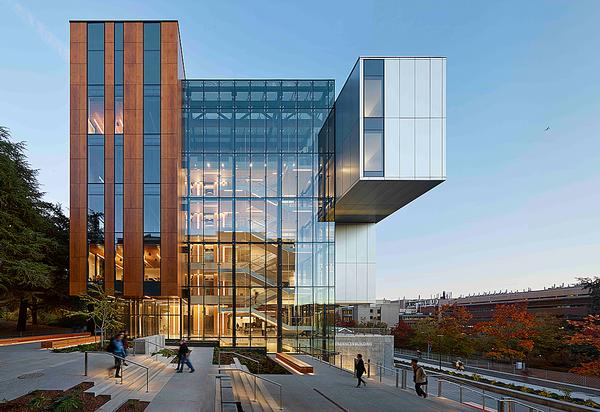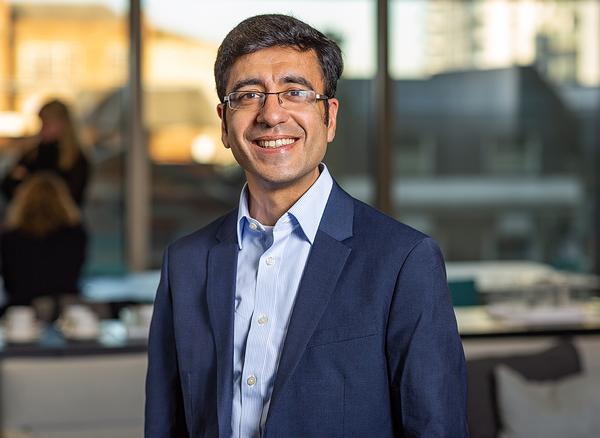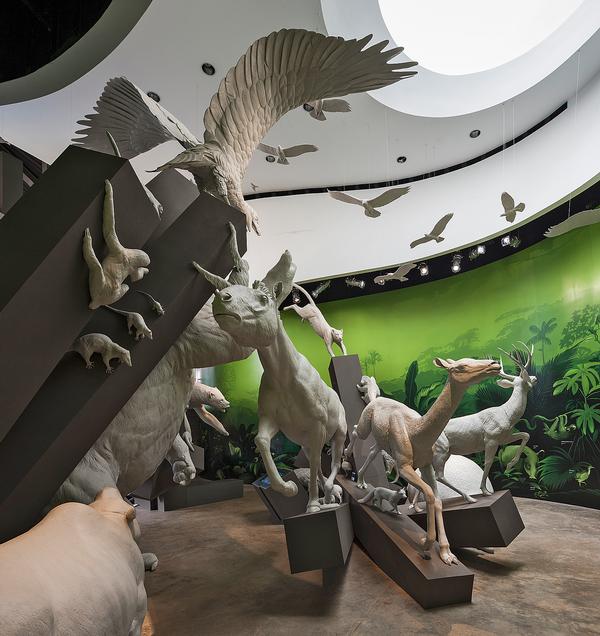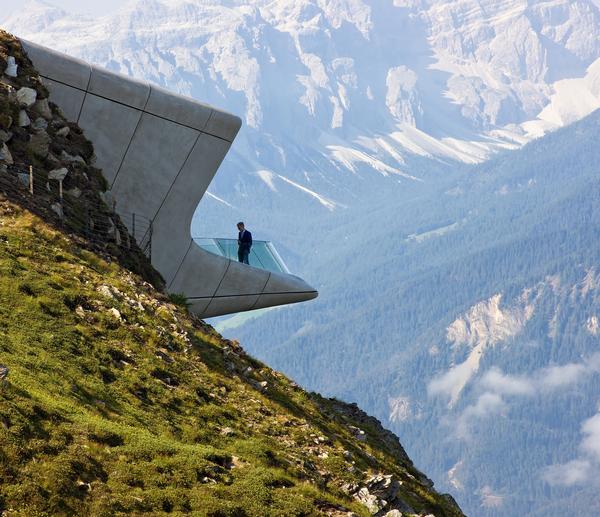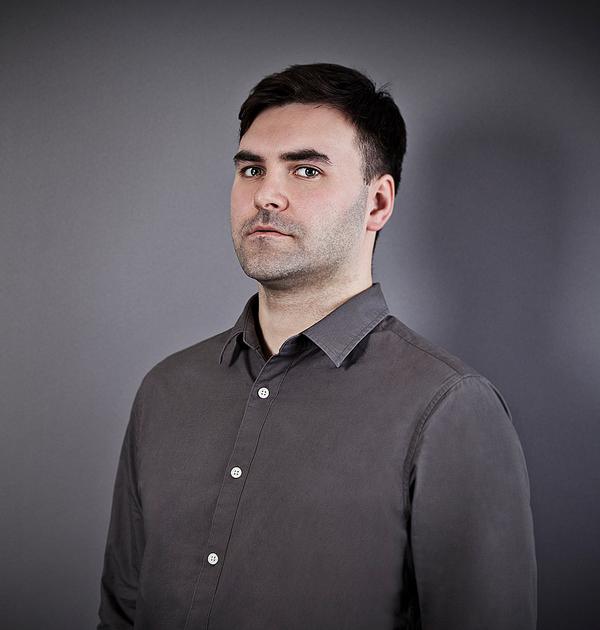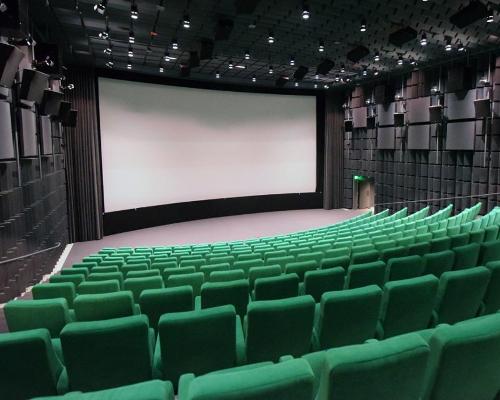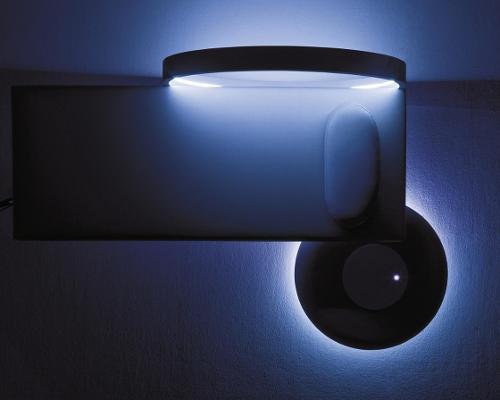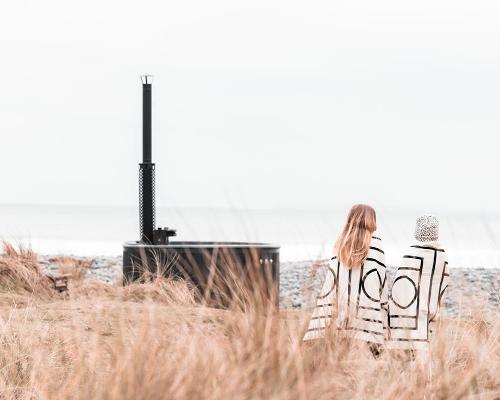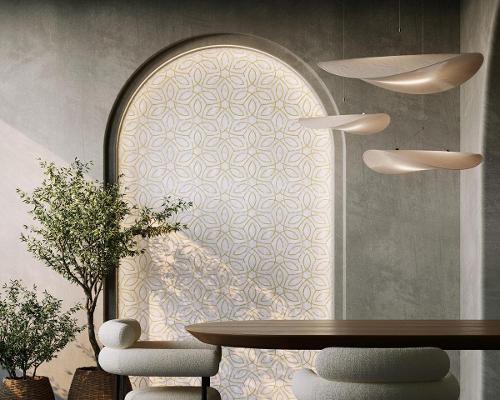Bleeding edge glass technology is transforming the future of our buildings
A trio of high-profile architects have called on the design and construction industries to embrace advancements in glass technology which are transforming the ways in which buildings can be created.
Millennium Dome architect Mike Davies, Marks Barfield managing director David Marks and OMA associate Alex de Jong told CLAD that boundaries are being pushed in the development of glass, making the material cheaper, more sustainable and much higher performing.
“Glass is the most incredible material and we’re constantly discovering new ways of using it,” said Davies. “I’ve been speaking a lot with nanotechnologists about how you can now make glass more complex, and their work is so exciting.
“It can form dynamic and interactive skins and facades. It can be fitted with microchips to do everything from reading out data to transmitting energy. It’s a completely different game to simply glazing windows.
“I’m looking forward to the next generation of buildings. I can see a future of glass walls, display walls, energy collecting walls, radiators integrated into glass walls.”
David Marks – a lead architect on the Brighton i360 tower and the London Eye before it – told CLAD that “technology is finding a solution to some of the problems glass buildings have suffered in the past.”
“A lot of architects have said that the age of the glass building is over, but I don't believe that to be the case at all,” he said. “I think as a material it has a great future.”
Marks said that the advance in glass technology has been enormous since his studio created the London Eye in 2000. “That was state-of-the-art at the time, using single-glazed laminated safety glass for the pods,” he said. “On our Brighton project, the glass is double-glazed, much bigger and has many more features to it, such as inbuilt solar shading and hydrophilic coating. It has a much higher level of performance.”
De Jong, a project leader on OMA’s newly-opened glass-filled Timmerhuis project in Rotterdam, told CLAD that the increased sustainability and lower cost of glass is having a huge impact on what architects can achieve.
“Five years ago, we wouldn’t have been able to build something like the Timmerhuis in Holland,” he said. “The glass would have been too expensive and not developed enough. It is much more affordable now and it gives you both the daylight and the insulation you need – which is a huge factor for sustainability and energy consumption.
“On the Timmerhuis project it's particularly striking, because from a distance the triple-glazed glass looks very solid, like a metal cladding, but from inside it seems very open and you can hardly see it. There's a weird vocabulary going on, a doubling of what you can see and what it really is.”
De Jong said that the possibilities of glass are being pushed by the phone and car industries, with technology such as Gorilla Glass from touchscreen phones now being used to clad elevators.
“These kinds of thing cross-fertilise each other and can be very hi-tech to begin with, because they are developed on very small pieces of glass,” he said. “They can then be gradually scaled up and implemented in cars, then small buildings, then finally big-scale applications.
“Eventually, our industry will benefit from it.”
“Architects can achieve so much with glass” said Davies. “The opportunities are there to be taken.
“If you walked in a room and said ‘hey guys, I’ve got this great idea: a transparent stone which will last 1,000 years and is totally waterproof and non-polluting,’ first they wouldn't believe you, and then they would be desperate to get hold of some.
“But it is available and abundant and constantly developing.”
CLAD glass architecture design OMA technology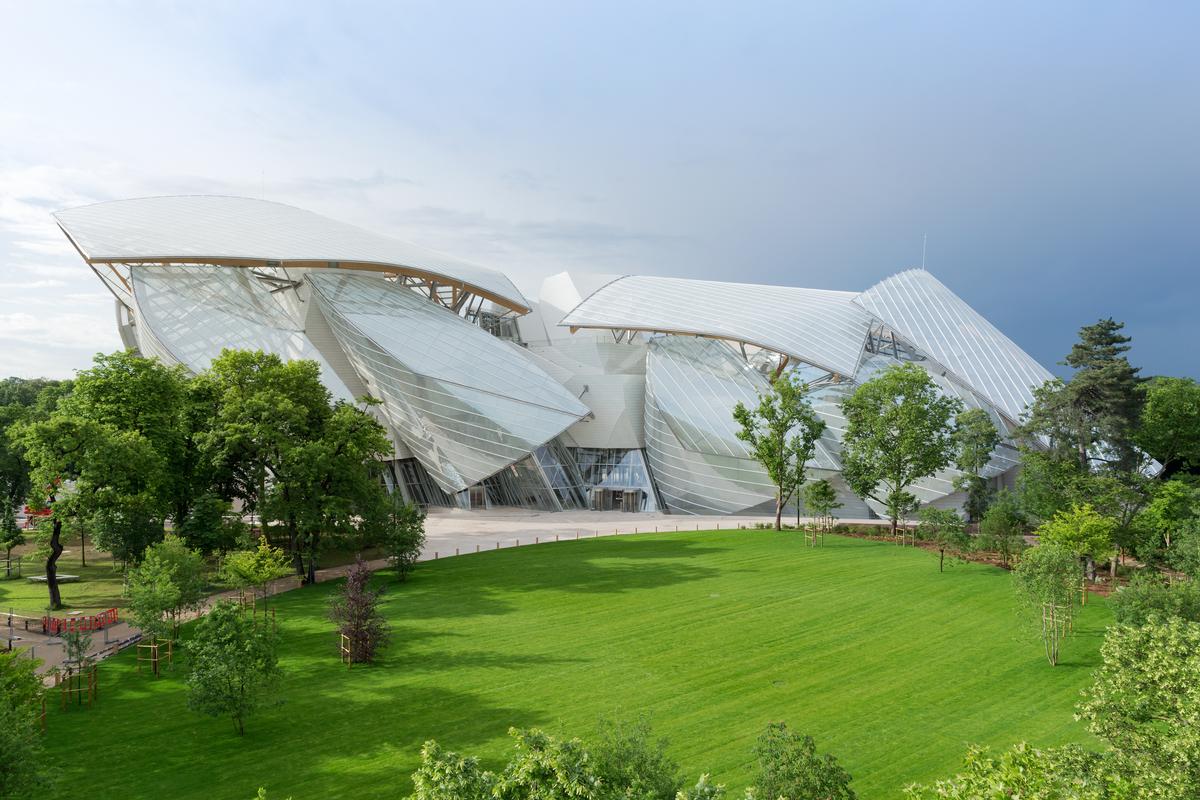
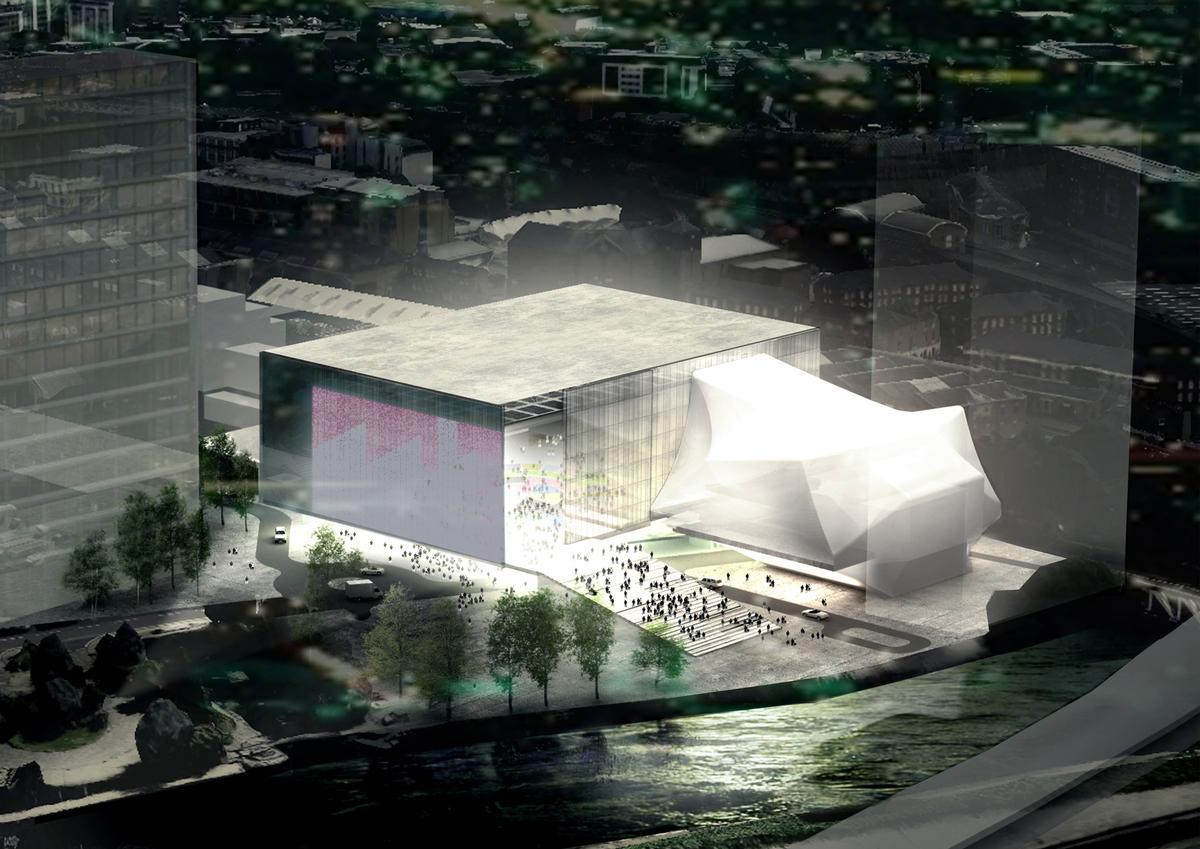
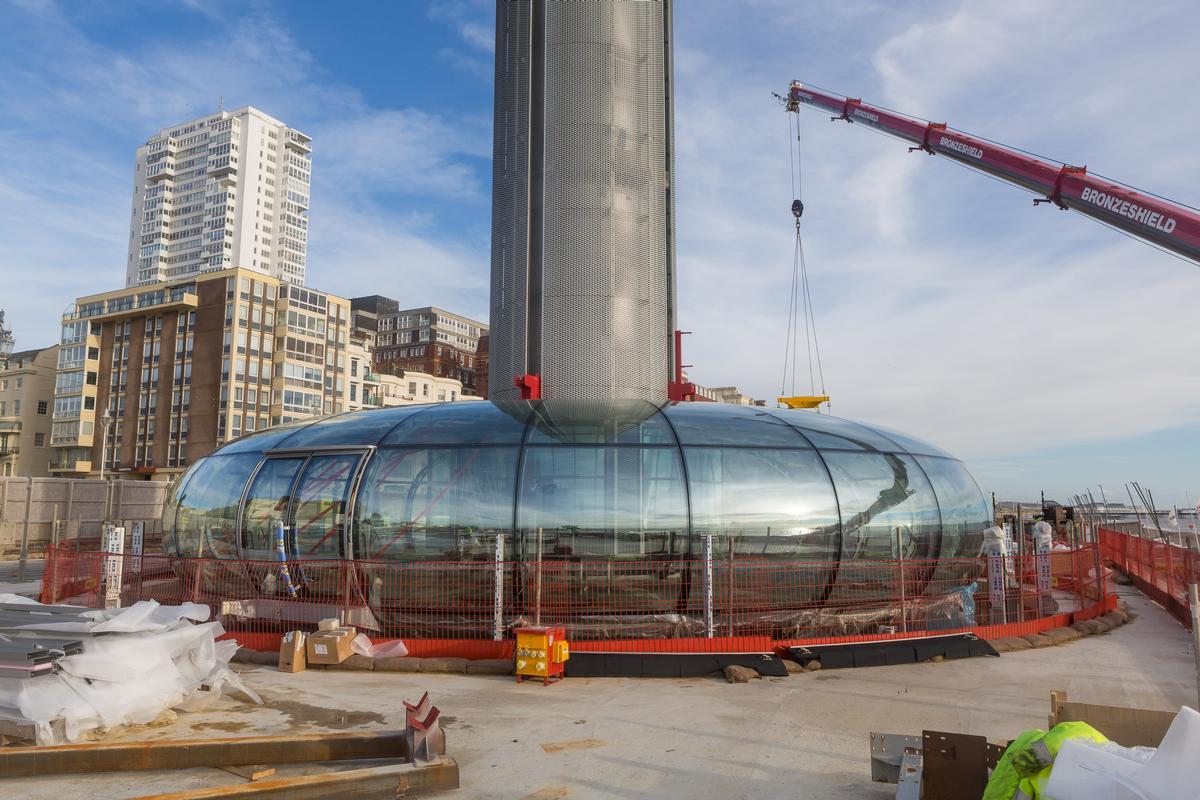
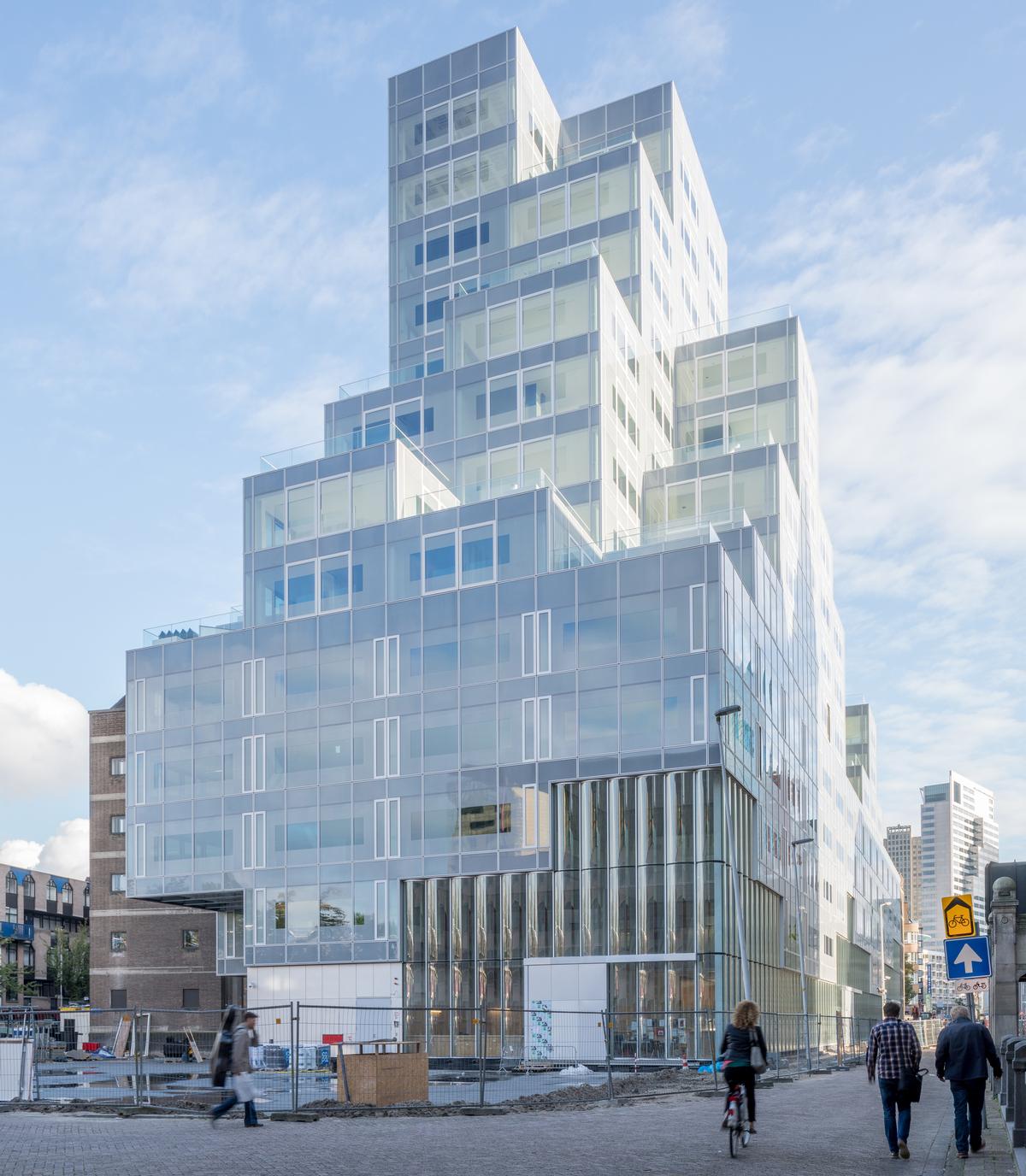
Excitement mounts as viewing pod completed for UK's first vertical cable car
Glass-bottomed skypool suspended over void wins design contest for Paris
OMA design pixelated glass and steel mountain to house Rotterdam museum
Jürgen Engel wins competition for jutting, glass-clad Shenzhen Art Museum and Library
Gehry-designed Louis Vuitton foundation opens in Paris this October
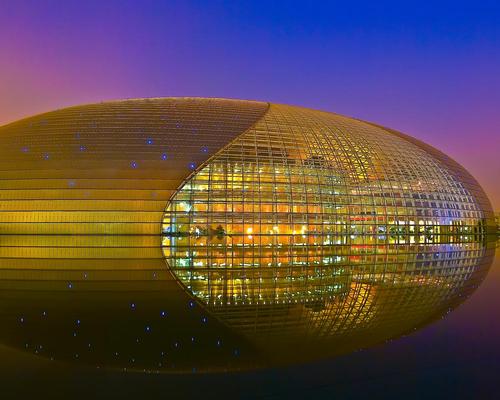
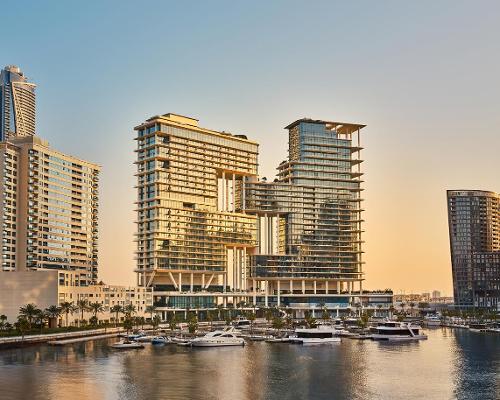
UAE’s first Dior Spa debuts in Dubai at Dorchester Collection’s newest hotel, The Lana

Europe's premier Evian Spa unveiled at Hôtel Royal in France
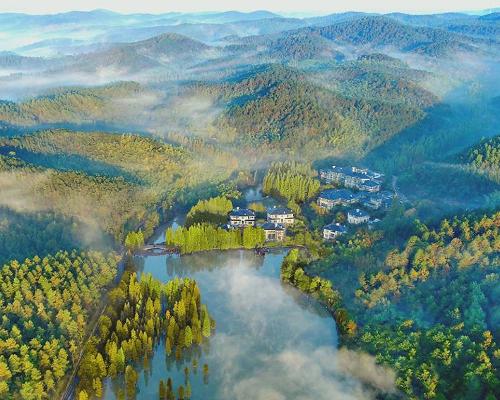
Clinique La Prairie unveils health resort in China after two-year project
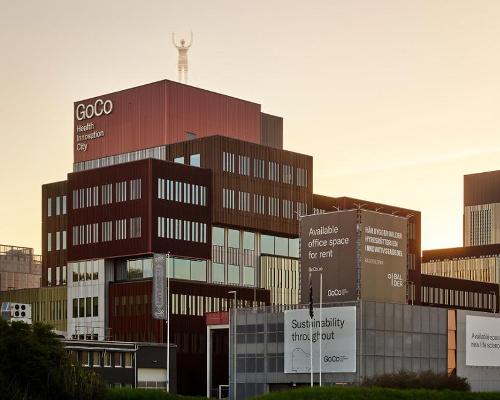
GoCo Health Innovation City in Sweden plans to lead the world in delivering wellness and new science
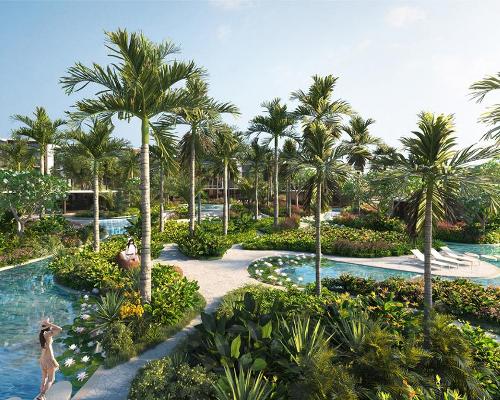
Four Seasons announces luxury wellness resort and residences at Amaala
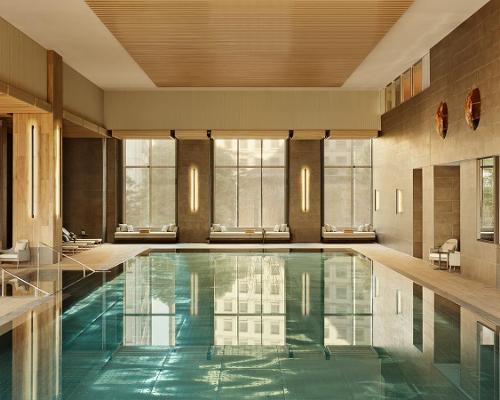
Aman sister brand Janu debuts in Tokyo with four-floor urban wellness retreat
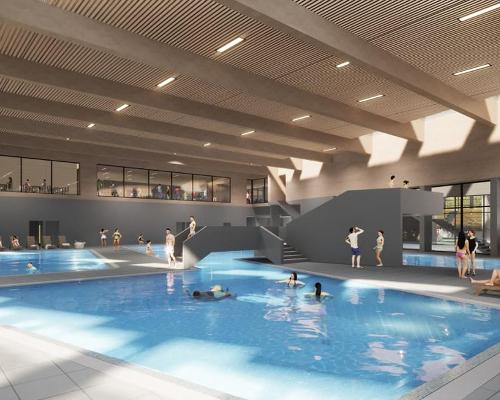
€38m geothermal spa and leisure centre to revitalise Croatian city of Bjelovar
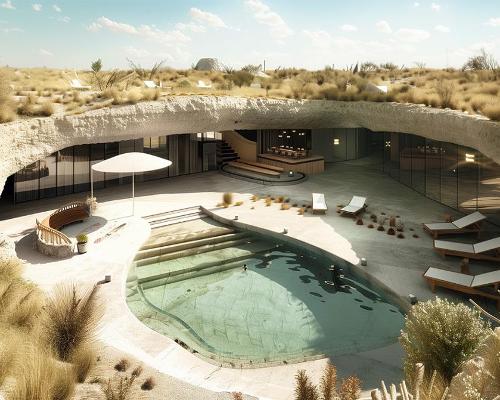
Two Santani eco-friendly wellness resorts coming to Oman, partnered with Omran Group
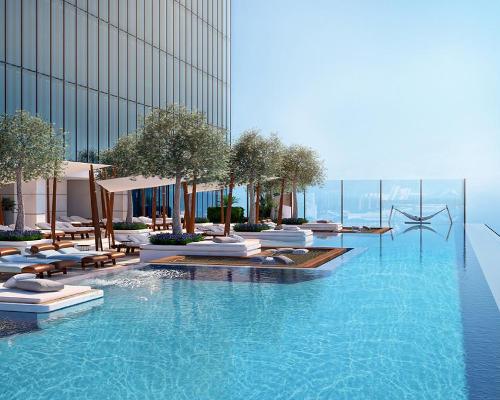
Kerzner shows confidence in its Siro wellness hotel concept, revealing plans to open 100
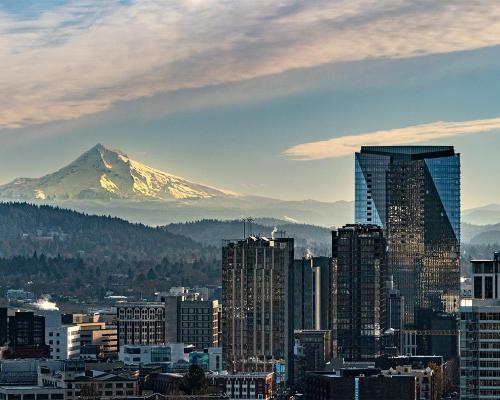
Ritz-Carlton, Portland unveils skyline spa inspired by unfolding petals of a rose
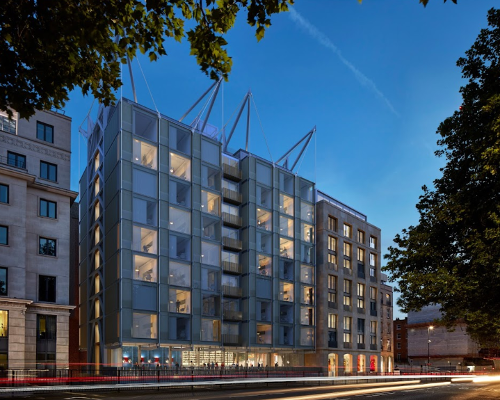
Rogers Stirk Harbour & Partners are just one of the names behind The Emory hotel London and Surrenne private members club

Peninsula Hot Springs unveils AUS$11.7m sister site in Australian outback

IWBI creates WELL for residential programme to inspire healthy living environments
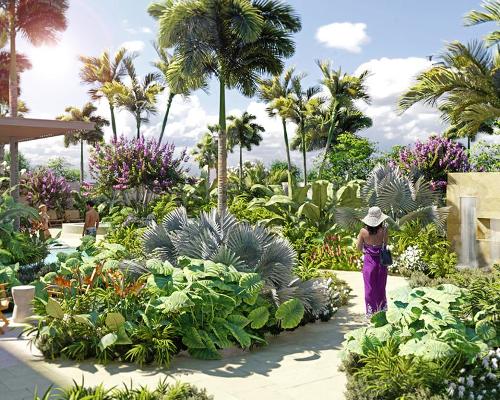
Conrad Orlando unveils water-inspired spa oasis amid billion-dollar Evermore Resort complex
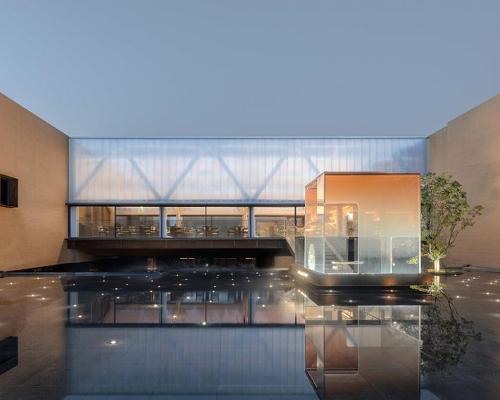
Studio A+ realises striking urban hot springs retreat in China's Shanxi Province
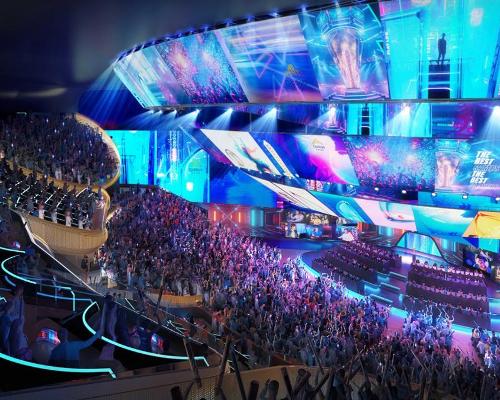
Populous reveals plans for major e-sports arena in Saudi Arabia

Wake The Tiger launches new 1,000sq m expansion

Othership CEO envisions its urban bathhouses in every city in North America
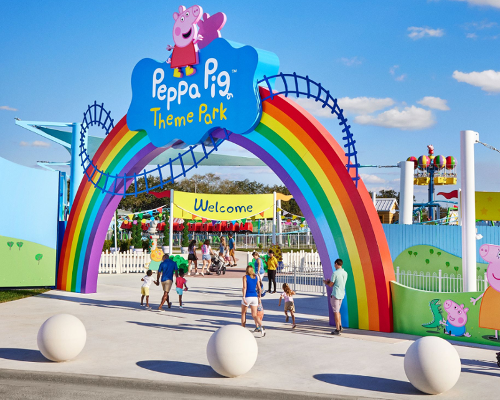
Merlin teams up with Hasbro and Lego to create Peppa Pig experiences
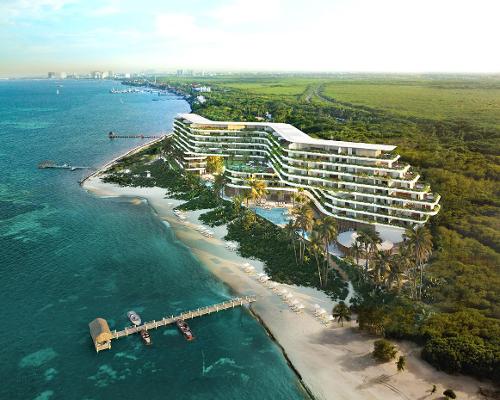
SHA Wellness unveils highly-anticipated Mexico outpost

One&Only One Za’abeel opens in Dubai featuring striking design by Nikken Sekkei
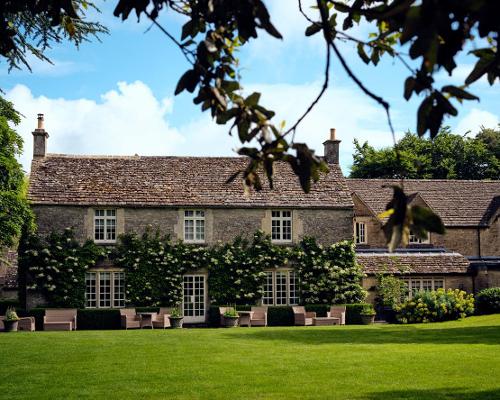
Luxury spa hotel, Calcot Manor, creates new Grain Store health club
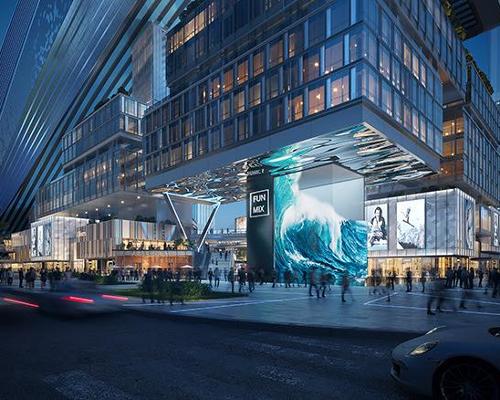
'World's largest' indoor ski centre by 10 Design slated to open in 2025
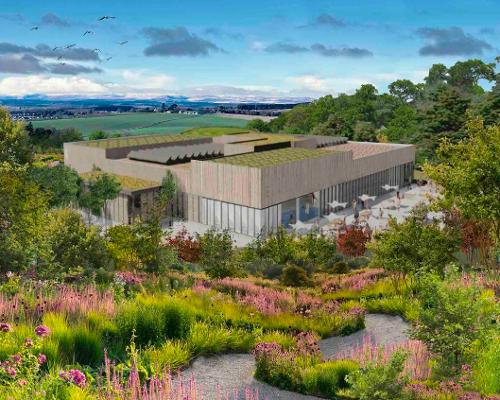
Murrayshall Country Estate awarded planning permission for multi-million-pound spa and leisure centre
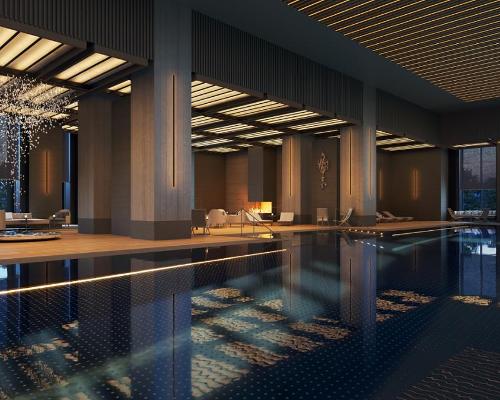
Aman's Janu hotel by Pelli Clarke & Partners will have 4,000sq m of wellness space
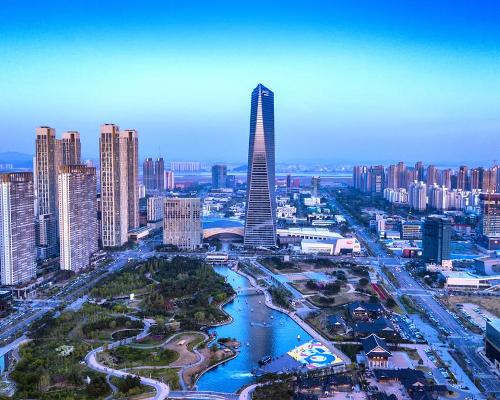
Therme Group confirms Incheon Golden Harbor location for South Korean wellbeing resort
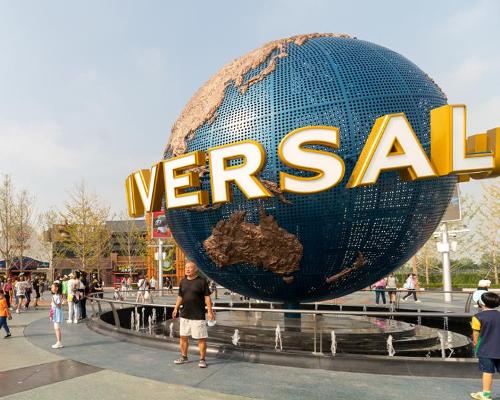
Universal Studios eyes the UK for first European resort
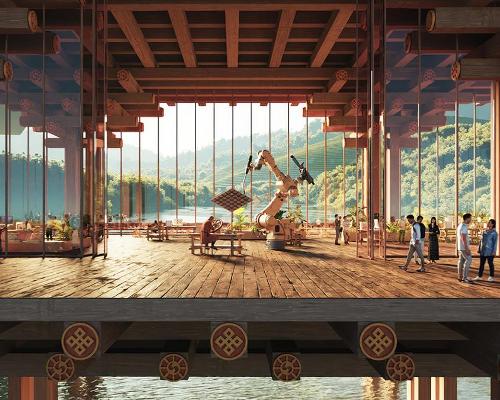
King of Bhutan unveils masterplan for Mindfulness City, designed by BIG, Arup and Cistri

Rural locations are the next frontier for expansion for the health club sector
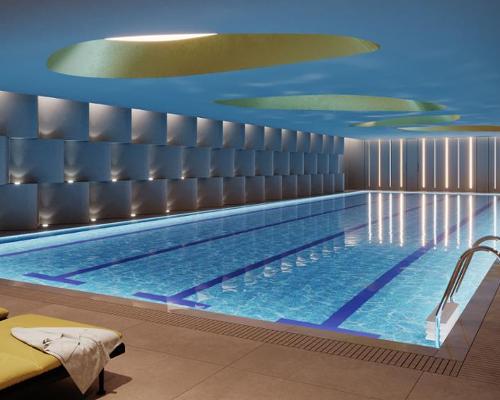
Tonik Associates designs new suburban model for high-end Third Space health and wellness club
Bionic leaves, breathable metals and selfgrowing bricks... Biomimicry in architecture has come a long way. Christopher DeWolf takes a look at the latest advances



